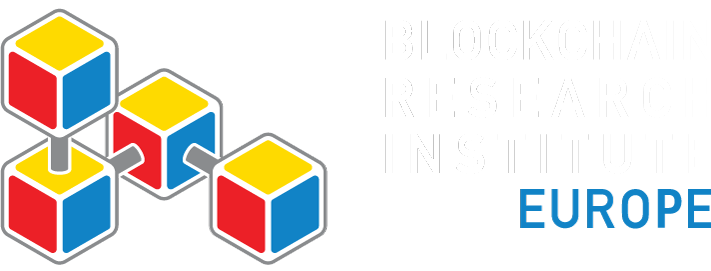Blockchain and the Chief Human Resources Officer
Webinar Overview
Author: Andy Spence
Release Date: January 29, 2018
Abstract:
Blockchain will enable organizations requiring specialized talent and capabilities to obtain better information about potential contractors and partners than traditional recruitment methods. With a prospective employee’s consent, an employer will have access to verifiable information uploaded, stored, and managed on a highly secure, distributed database. This paper discusses how blockchain supports HR and talent procurement processes such as hiring or contracting, insuring diversity and privacy, onboarding, training and development, and managing benefits.
